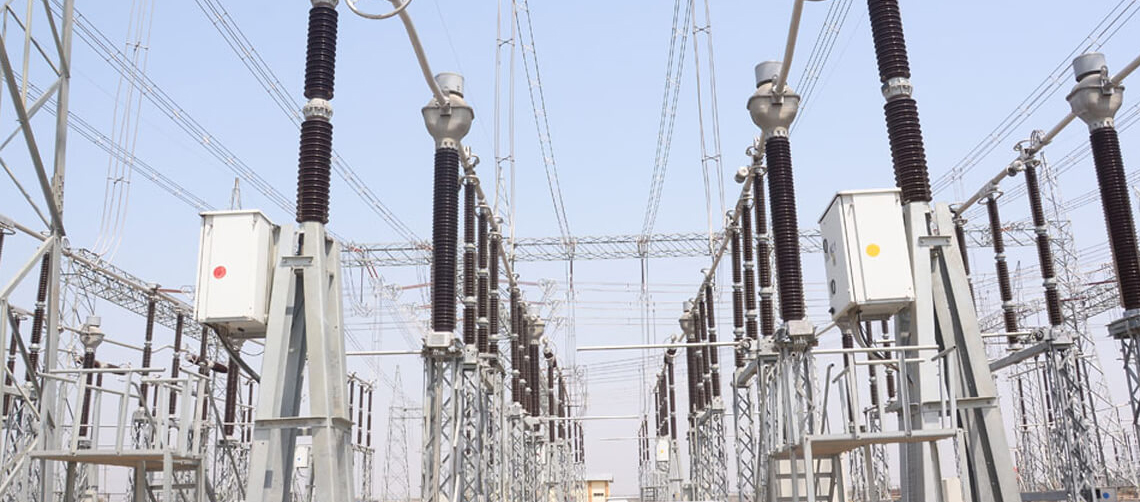The government has said it would tender out power transmission projects worth Rs 1 lakh crore in a year. This has cheered the private entities, for which the market was opened in 2010 through Tariff Based Competitive Bidding (TBCB). The project share, however, had favoured state-owned Power Grid Corporation, which the government now says will be levelised. Pratik Agarwal, vice-chairman Sterlite Grid Power Ventures, largest private operator of independent transmission systems in India, talks on the issue to Shreya Jai. Edited excerpts:
Your reaction to the Centre’s saying it would bid out transmission projects worth Rs 1 lakh crore in the coming six to 12 months?
We welcome the move. The private sector will play a pivotal role in strengthening the government’s mission of uninterrupted power to all. We are confident that private entities will not only increase efficiencies but attract foreign investments.
With major states also getting ambitious for expenditure on improving their power transmission & distribution, what are the emerging business opportunities from it?
As we know, transmission is a serious bottleneck. The cheapest power, produced at coal pit-heads and at hydro stations, is not reaching the most underserved of customers. The majority of this bottleneck lies in the transmission network of states. While the centre has been adding roughly Rs 15,000 crore of transmission lines each year, the states are lagging in adding downstream network in tandem. With advent of the public-private partnership model, states can now attract significant private investment into their transmission network, by adopting the TBCB model. They can also claim viability gap funding, as has been done by the Haryana government. This can be a large business opportunity for the private sector and a great way for states to strengthen their network and reduce the cost of power purchase.
What projects do you anticipate to come up for bidding from the Centre & states?
Besides new ones to connect power-surplus states with those starved of electricity, a large part of this capital expenditure will go into upgrades of lines. It is possible to double the capacity of an existing line by upgrading the conductors to high performance ones, without a single inch of extra land. This can usually be done in a third of the time required to build a new line. Given the right of way (ROW) challenges, we feel this is the best solution for India. Before building any new lines, the planners must evaluate all possibilities to upgrade existing lines.
Are Indian developers capable of undertaking complex transmission projects?
Private developers have shown great strength on implementing these. For instance, Sterlite was the first developer to deploy helicopters in India for stringing, to save time and avoid issues related to ROW. We also conducted aerial surveys to optimise our projects. Despite floods in the Ganga in 2013, we continued our project commissioning.
In view of the projected flow of bids, we believe India will have to increase its transmission project commissioning capacities by multiple times. We at Sterlite Grid plan to attract contractors from mature international markets to India and develop local talent through various initiatives.
At both Centre and state, what policy measures are needed to ensure strengthened power transmission and increased private investment in these?
The government has expressed willingness to promote competition and provide a level playing field to private firms. They have confirmed that all projects will be bid out on a competitive basis, especially those that have to be commissioned in a limited period. The government needs to focus on providing a speedy redressal mechanism to respond to claims under the force majeure clause and change of law to promote private investments. Most claims are straightforward and can be resolved bilaterally, without involvement of the regulator. However, the present contracts lack enabling provisions and parties have to approach the regulator for every single claim. This needs to be changed.
In which states and businesses would the transmission sector witness major growth?
It depends on which states come forward to promote private investments in transmission. For instance, Rajasthan and Uttar Pradesh have shown some sign of attracting private investments.
Developers are hoping others would follow, after success of some projects.

 Please wait...
Please wait...